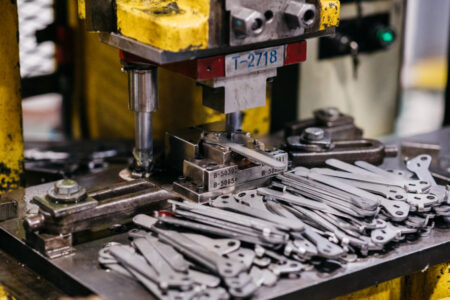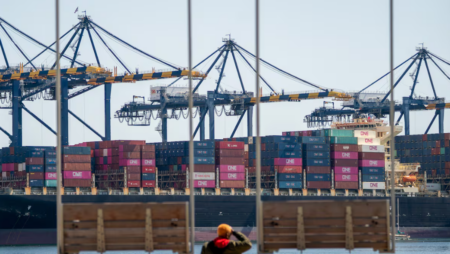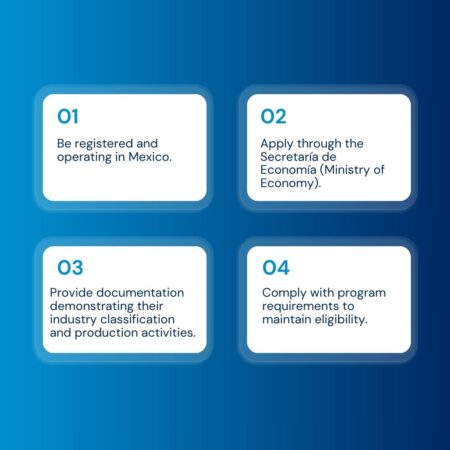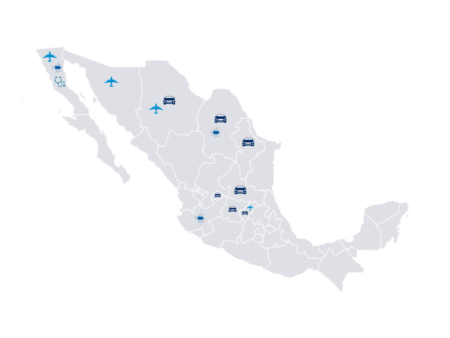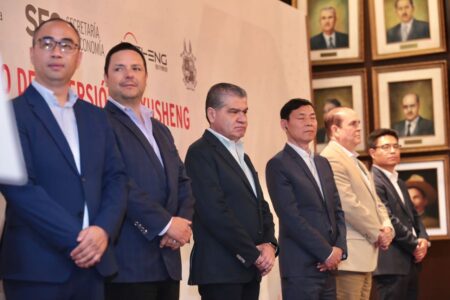Unilever, one of the world’s largest consumer goods companies, has announced a multi-million dollar investment in Mexico to build a manufacturing plant in the northern state of Nuevo León.
The move follows a previous announcement in February 2023, when the company said it planned to invest US $400 million in Mexico over the next three years. This week’s announcement increases that initial sum to $800 million.
Despite the uncertainty resulting from a series of global tariffs imposed — and later paused — by U.S. President Donald Trump, the beauty and personal care products manufactured by the new facility will be destined primarily for export to the United States and Canada. The factory will be located at Nexxus and Nexxus2, within the Salinas Industrial Park in the municipality of Salinas Victoria near Monterrey, Nuevo León.
“Nuevo León continues to thrive!” Nuevo León Governor Samuel García wrote on his official X account from London, where he met with the company’s executives as part of a European working tour promoting Nuevo León as a strategic hub for new investments.
García’s state, in fact, has been on quite a run lately in attracting new investment.
Just a few days ago, during the same European working tour, García announced that toy company LEGO will invest $508 million to expand its plant in Ciénega de Flores, outside of Monterrey.
Other recent investments in Nuevo León include that of car manufacturer Volvo (US $1 billion), electric tools manufacturer Daye (US $260 million), mobility company Fixbus (US $162 million), zinc die casting products manufacturer Zinkteknik (US $60 million), industrial automation and robotics company Kuka (amount not made public yet) and global logistics service provider Rhenus (US $50 million).
“Investments like these prove that we are the industrial heart of Mexico and a global manufacturing powerhouse,” García added.
As for the Unilever project, in its first phase, the new plant is expected to create 850 direct jobs, with an additional 120 jobs possible in the future. The products manufactured in Monterrey will include deodorants, shampoos, hair conditioners and body lotions from well-known brands such as Dove and Sedal.
Once finished, the plant will seek the coveted Lighthouse certification, an international recognition for factories that use cutting-edge technologies to increase productivity and efficiency while minimizing their environmental impact.
In addition to the Nuevo León project, Unilever has made significant investments in its four existing plants in México state, Morelos and Mexico City. Between 2021 and 2023, it allocated 5.5 billion pesos (US $277 million) to increase production capacity and boost exports from Mexico to its international markets.
With over 400 brands across a wide range of industries in 190 countries worldwide, Unilever estimates that two billion people use their products every day. These brands include Magnum, Rexona, St. Ives, Hellman’s, Knorr, Ponds and TRESemmé, among many others.

Source: Mexico News Daily
